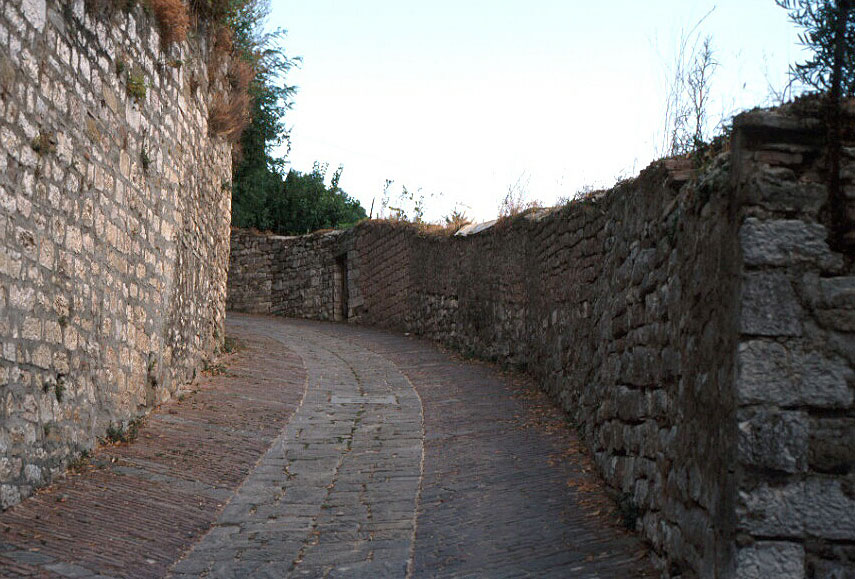We all can discern space textures, borders, centers and flows in perceived and embodied space as we orient ourselves. Some natural or built areas harmonize with our perceptions and desires, and some do not. The architect, and the landscape architect and interior designer, learn how to emphasize, or create, such perceptions and effects. These allow them to "create places" that possess different kinds of moods and flows.

The sense of embodiment in an area can be enabling or oppressive on its own quite aside from whether the design fits the program. Design in that familiar sense remains very important, and difficult to do well.
But the "places" so created or improved are not necessarily places in the sense that I want to study, for they may or may not have social grammars. While it would be very unusual that designers would set to work on an area that was not to have a social grammar, it would be possible to do so, perhaps as a kind of artwork, perhaps for individual satisfaction, perhaps in the hope that the area or building would later become a "place" in the social sense. However, these skills at emphasis and moulding often lag behind the kinds of unities that social places find themselves creating. We are struggling, today, to find the appropriate kinds of architectural moves and tactics that will emphasize and help create the kinds of grammatically unified areas and networks of areas that our social grammars are forming.
(c) David Kolb, 1 August 2001